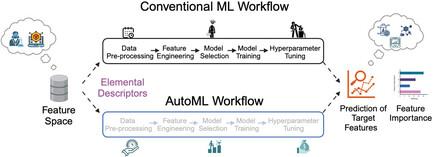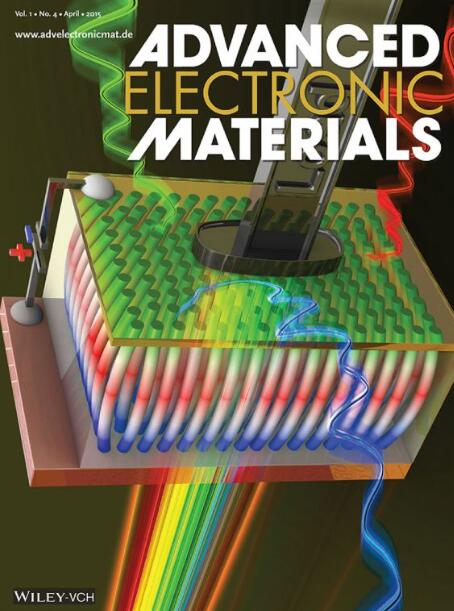Toward High‐Performance Electrochemical Energy Storage Systems: A Case Study on Predicting Electrochemical Properties and Inverse Material Design of MXene‐Based Electrode Materials with Automated Machine Learning (AutoML)
IF 5.3
2区 材料科学
Q2 MATERIALS SCIENCE, MULTIDISCIPLINARY
引用次数: 0
Abstract
This study highlights the potential of Automated Machine Learning (AutoML) to improve and accelerate the optimization and synthesis processes and facilitate the discovery of materials. Using a Density Functional Theory (DFT)‐simulated dataset of monolayer MXene‐based electrodes, AutoML assesses 20 regression models to predict key electrochemical and structural properties, including intercalation voltage, theoretical capacity, and lattice parameters. The CatBoost regressor achieves R

求助全文
约1分钟内获得全文
求助全文
来源期刊

Advanced Electronic Materials
NANOSCIENCE & NANOTECHNOLOGYMATERIALS SCIE-MATERIALS SCIENCE, MULTIDISCIPLINARY
CiteScore
11.00
自引率
3.20%
发文量
433
期刊介绍:
Advanced Electronic Materials is an interdisciplinary forum for peer-reviewed, high-quality, high-impact research in the fields of materials science, physics, and engineering of electronic and magnetic materials. It includes research on physics and physical properties of electronic and magnetic materials, spintronics, electronics, device physics and engineering, micro- and nano-electromechanical systems, and organic electronics, in addition to fundamental research.
 求助内容:
求助内容: 应助结果提醒方式:
应助结果提醒方式:


